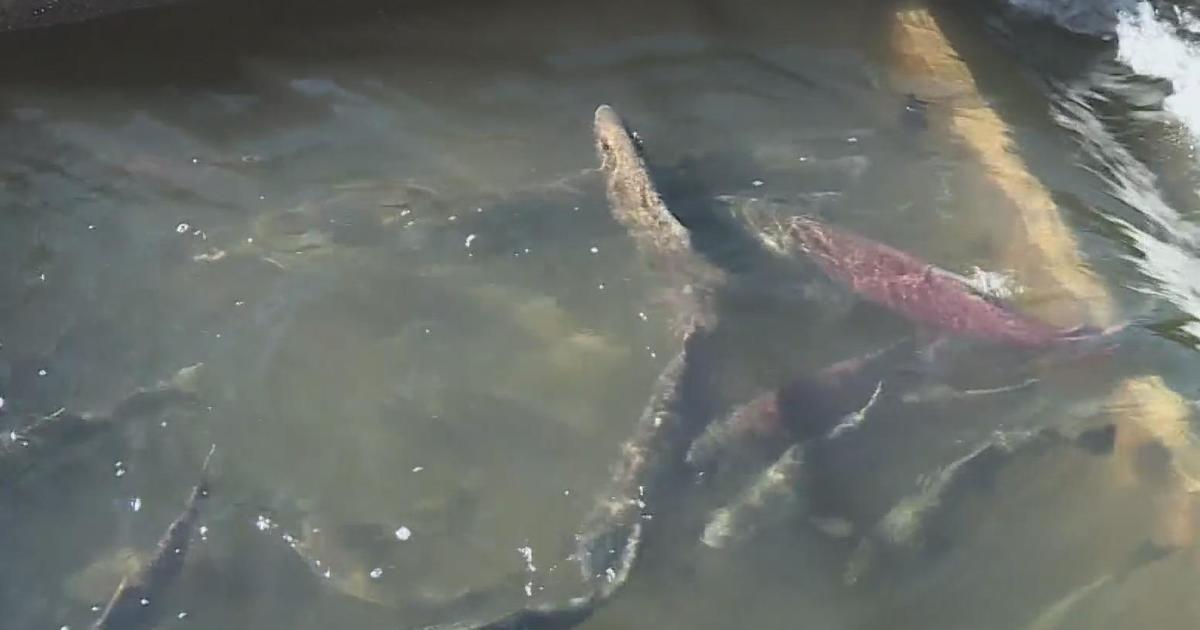Research Shows Snow Contributes To California Earthquakes
SACRAMENTO (CBS13) — From politics to the environment, water plays a big role in California. But does water play a role in triggering an earthquake?
New research suggests that everything from snowfall to snowmelt may have a direct impact as to when and where quakes happen in the Golden State.
"Any snow accumulates in the Sierra Nevada, we see the mountains sink down a little bit, and in the spring, and summer, they pop back up," explained Chris Johnson, a grad student working with Dr. Roland Burgmann at the Berkeley Seismological Lab.
That up-and-down motion caused by the rain and snow is nothing new. What is new is that seismologists are now learning that vertical motion may be behind the many hundreds of small earthquakes in California.
"We are learning more about what could possibly make an earthquake form by these small stress changes, and we are using these small earthquakes as a laboratory," said Johnson.
Using a GPS system, he and his colleagues looked at over 3,500 earthquakes between 2006 and 2015. Their latest research was just published in Science magazine.
They explain that the vertical motion of the caused by the winter weather, makes the earth's crust flex. In turn, that pushes and pulls on the state's faults lines.
"These fraction of an inch that the crust moves throughout the winter when we have these large storms, it is actually changing the stresses on the faults. And what we are seeing a modest increase in small earthquakes these times of the year," said Johnson.
Their findings suggest that the San Andreas fault sees an increase in small quakes in late summer as the water load diminishes in the mountains. The faults along the Sierra Nevada see an escalation in late spring and early summer due to the seasonal unloading.
"What we are finding is that these stress changes are just giving it that push over the edge. And makes these faults rupture earlier," Johnson said.
These quakes may be small, but the findings may have a big impact on the future. Johnson says it won't help tract the next big earthquake, but it does give seismologists information about how faults rupture and what kinds of environmental stresses triggering a quake.
These quakes may be small, but the findings may have a big impact on the future. Johnson says it won't help tract the next big earthquake, but it does give seismologists information about how faults rupture and what kinds of environmental stresses triggering a quake.
"Using models, we are then able to relate that to the stress changes on these faults and correlate that with seismic activity," said Johnson.



